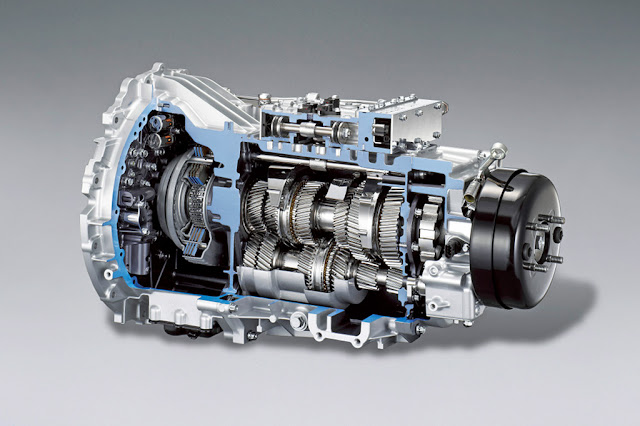Vacuum Pump Innovations for Semiconductor Manufacturing
Semiconductor manufacturing is a highly intricate and demanding process that requires precise control of various parameters to produce microchips and other electronic components. Vacuum pumps play a critical role in this industry by creating and maintaining the necessary vacuum conditions during different fabrication stages. Over the years, several innovations in vacuum pump technology have significantly contributed to the advancement and efficiency of semiconductor manufacturing processes.
High Vacuum Technology:
Semiconductor fabrication demands ultra-high vacuum conditions to prevent
contaminants from interfering with the delicate manufacturing processes.
Advanced high vacuum pumps, such as turbomolecular pumps and cryogenic pumps,
have been developed to achieve and sustain these extremely low-pressure
environments. These pumps offer high pumping speeds, low vibration, and minimal
noise levels, making them ideal for sensitive semiconductor applications.
According to Coherent Market Insights, the Global
Vacuum Pump Market Size was valued at USD 6.07 million in 2022 and is
anticipated to witness a compound annual growth rate (CAGR) of 7.29% from 2022
to 2030.
Dry Vacuum Pumps: Traditional
oil-sealed rotary vane pumps were once widely used in semiconductor
manufacturing. However, the risk of oil contamination and maintenance
challenges led to the development of oil-free or dry vacuum pumps. Dry pumps
eliminate the need for lubricating oil, ensuring a cleaner vacuum environment,
reducing maintenance requirements, and eliminating the risk of oil
contamination in the semiconductor production process.
Multi-Stage Pumping Systems:
Semiconductor manufacturing involves processing steps that require a wide range
of pressure levels. Multi-stage pumping systems, which combine multiple vacuum
pump technologies in a series, allow for efficient pumping across a broad
pressure range. This ensures consistent and precise control of pressure at
different stages of fabrication, optimizing manufacturing yield and reducing
cycle times.
Remote Monitoring and Predictive
Maintenance: In a semiconductor fabrication facility, unexpected pump failures
can lead to costly downtime. To mitigate such risks, many modern vacuum pumps
are equipped with remote monitoring capabilities and integrated sensors. These
sensors provide real-time data on pump performance, temperature, and other
crucial parameters. Advanced analytics and machine learning algorithms enable
predictive maintenance, allowing manufacturers to anticipate potential issues
and schedule maintenance proactively, reducing unplanned downtime.
Energy Efficiency: Energy
consumption is a significant consideration in semiconductor manufacturing
facilities, and vacuum
pumps can be energy-intensive components. Innovations in pump design,
such as the integration of variable frequency drives (VFDs) and regenerative
braking, have led to more energy-efficient operations. VFDs allow pumps to
adjust their speed and power consumption based on demand, while regenerative
braking recycles energy during pump deceleration, reducing overall energy
wastage.
Contamination Control:
Semiconductor manufacturing requires an ultra-clean environment to prevent
defects and ensure optimal chip performance. Vacuum pump innovations now
include features to reduce the risk of particle generation and contamination.
Improved materials, coatings, and sealing technologies have minimized
outgassing and particle shedding, contributing to higher product yields and
enhanced chip quality.
Vacuum pump innovations have been
instrumental in advancing semiconductor manufacturing processes. The
development of high vacuum technology, dry vacuum pumps, multi-stage pumping systems,
remote monitoring, and energy-efficient designs has revolutionized the industry
by providing cleaner, more efficient, and precise vacuum solutions. As
semiconductor technology continues to evolve, further advancements in vacuum
pump technology are likely to play a vital role in meeting the ever-increasing
demands for smaller, faster, and more powerful electronic devices.



%20Market1.png)
Comments
Post a Comment